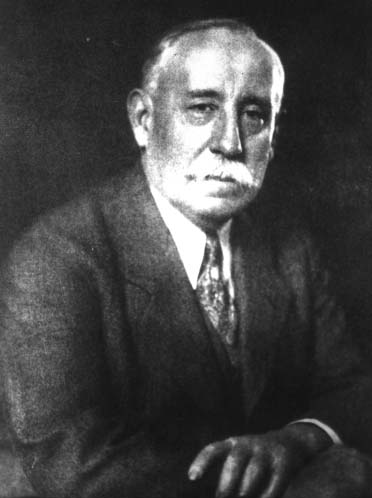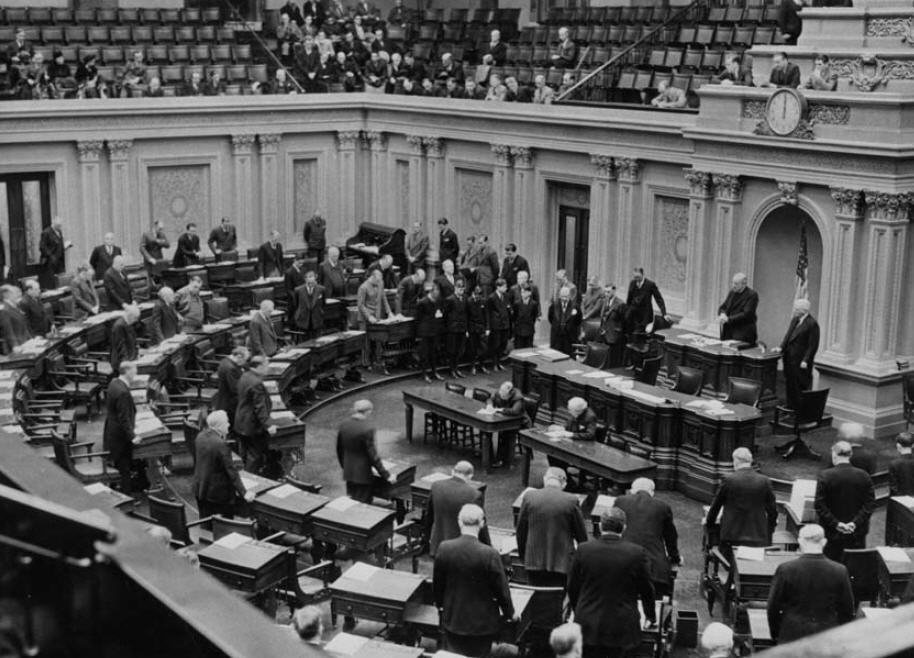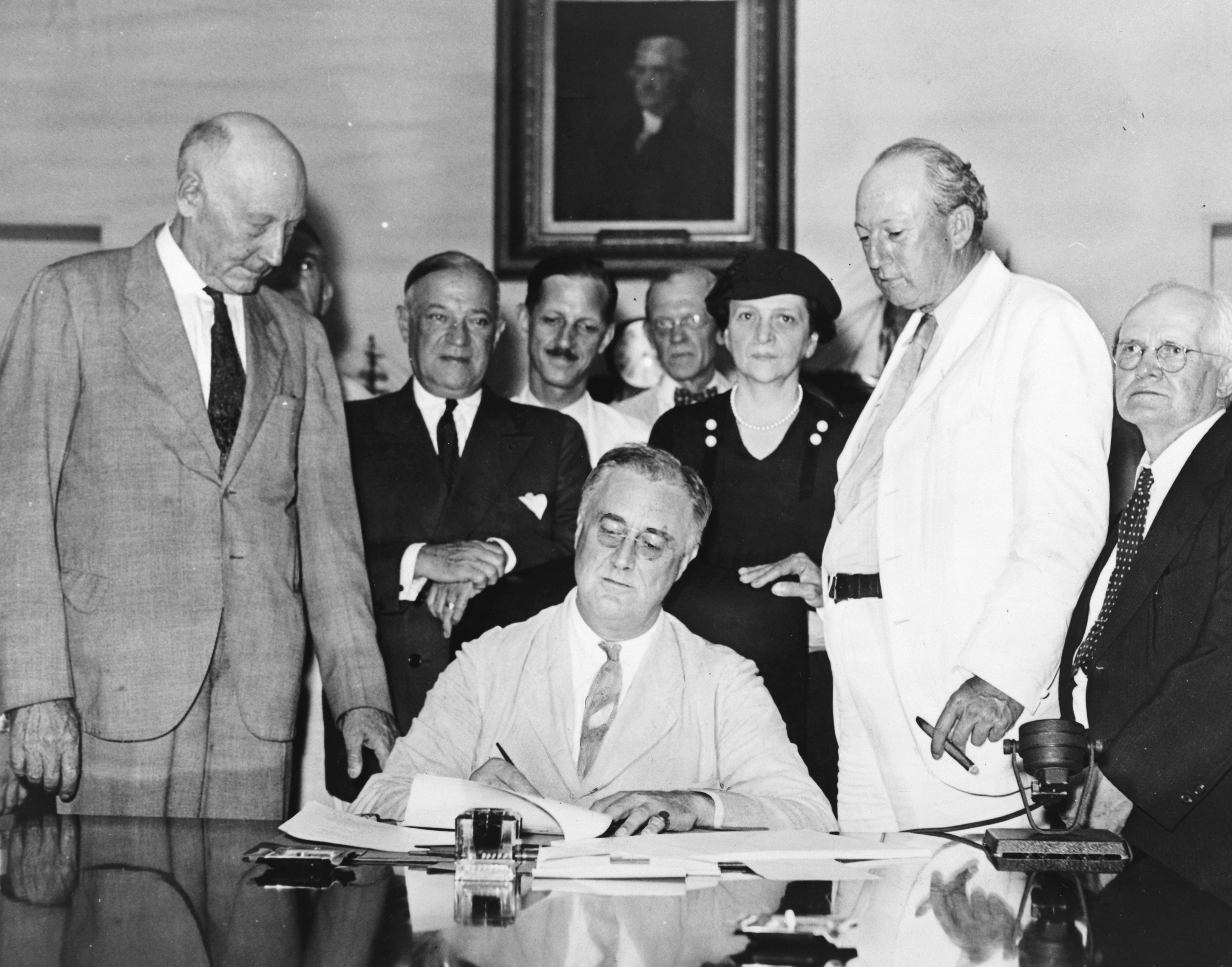|
Santiago Iglesias
Santiago Iglesias Pantín (February 22, 1872 – December 5, 1939), was a Spanish-born Puerto Rican socialist and trade union activist. Iglesias is best remembered as a leading supporter of statehood for Puerto Rico, and as the Resident Commissioner of Puerto Rico in the U.S. Congress from 1933 to 1939. Biography Early years Santiago Iglesias was born in A Coruña, Galicia, Spain, where he attended the common schools, and was apprenticed as a cabinet maker. At a young age he stowed away on a ship which landed in Cuba. There he organized workers and, beginning in 1889 was secretary of the Workingmen Trades Circle in Havana. Iglesias subsequently moved to Puerto Rico, and was the founder and editor of three labor papers: * ''Porvenir Social'' (from 1898 to 1900) * ''Union Obrera'' (from 1903 to 1906) * ''Justicia'' (from 1914 to 1925) He was a very active labor organizer in Puerto Rico and was often arrested and jailed for his activities, and was considered American Fede ... [...More Info...] [...Related Items...] OR: [Wikipedia] [Google] [Baidu] |
Resident Commissioner Of Puerto Rico
The resident commissioner of Puerto Rico () is a non-voting member of the United States House of Representatives elected by the voters of the U.S. Commonwealth of Puerto Rico every four years, the only member of the House of Representatives who serves a four-year term. Because the Commissioner represents the entire U.S. territory irrespective of its population, and is not subject to congressional apportionment like those House members representing the 50 states, Puerto Rico's at-large congressional district is the largest congressional district by population in all of the United States. Commissioners function in every respect as a member of Congress, including sponsoring legislation and serving on congressional committees, where they can vote on legislation, except that they are denied a vote on the final disposition of legislation on the House floor. They receive a salary of $174,000 per year and are identified as ''Member of Congress.'' The current commissioner is Jenniff ... [...More Info...] [...Related Items...] OR: [Wikipedia] [Google] [Baidu] |
Samuel Gompers
Samuel Gompers (; January 27, 1850December 13, 1924) was a British-born American cigar maker, labor union leader and a key figure in American labor history. Gompers founded the American Federation of Labor (AFL) and served as the organization's president from 1886 to 1894, and from 1895 until his death in 1924. He promoted harmony among the different craft unions that comprised the AFL, trying to minimize jurisdictional battles. He promoted thorough organization and collective bargaining in order to secure shorter hours and higher wages, which he considered the essential first steps to emancipating labor. He encouraged AFL member unions to take political action to "elect their friends" and "defeat their enemies". In politics he mostly supported Democrats, and occasionally local Republicans. He led the opposition to immigration from China. During World War I, Gompers and the AFL energetically supported the war effort, attempting to avert strikes and boost morale while raising wa ... [...More Info...] [...Related Items...] OR: [Wikipedia] [Google] [Baidu] |
1st Puerto Rican Senate
The First Puerto Rican Senate, under United States occupation, was the first meeting of senators of the Senate of Puerto Rico elected as part of the legislative branch of their government. Elections for the Senate of Puerto Rico were authorized by passage of the Jones-Shafroth Act in 1917. It authorized elections to be held on July 6, 1917 for representative government in the legislature. The Senate met from August 13, 1917, to January 2, 1920. The voters elected a majority of members from the Union of Puerto Rico party, who chose Antonio R. Barceló Antonio is a masculine given name of Etruscan origin deriving from the root name Antonius. It is a common name among Romance language-speaking populations as well as the Balkans and Lusophone Africa. It has been among the top 400 most popular mal ... as President of the Senate. Party summary Leadership Members Employees * Secretary: ** José Muñoz Rivera * Assistant Secretary: ** Eugenio Astol * Sergeant at Arms: ** M ... [...More Info...] [...Related Items...] OR: [Wikipedia] [Google] [Baidu] |
Seventy-sixth United States Congress
The 76th United States Congress was a meeting of the legislative branch of the United States federal government, composed of the United States Senate and the United States House of Representatives. It met in Washington, DC from January 3, 1939, to January 3, 1941, during the seventh and eighth years of Franklin D. Roosevelt's presidency. The apportionment of seats in the House of Representatives was based on the Fifteenth Census of the United States in 1930. Both chambers had a Democratic majority - holding a supermajority in the Senate, but a greatly reduced majority in the House, thus losing the supermajority there. With President Roosevelt, the Democrats maintained an overall federal government trifecta. The 76th is also the most recent Congress to have held a third session. Major events * April 9, 1939: African-American singer Marian Anderson performs before 75,000 people at the Lincoln Memorial in Washington, D.C., after having been denied the use both of Constitut ... [...More Info...] [...Related Items...] OR: [Wikipedia] [Google] [Baidu] |
Seventy-fifth United States Congress
The 75th United States Congress was a meeting of the legislative branch of the United States federal government, composed of the United States Senate and the United States House of Representatives. It met in Washington, DC from January 3, 1937, to January 3, 1939, during the fifth and sixth years administration of U.S. President Franklin D. Roosevelt. (Because of the 20th amendment, starting in 1937 the new Presidential term began 17 days after that of the new Congress). The apportionment of seats in the House of Representatives was based on the Fifteenth United States Census, conducted in 1930. Both chambers had a Democratic supermajority, with the party increasing their majority in both the House and Senate, and with the reelection of President Roosevelt, maintained an overall federal government trifecta. This is the most recent Congress to feature a Democratic senate seat from the state of Kansas. Major events * January 20, 1937: President Franklin D. Roosevelt be ... [...More Info...] [...Related Items...] OR: [Wikipedia] [Google] [Baidu] |
Seventy-fourth United States Congress
The 74th United States Congress was a meeting of the legislative branch of the United States federal government, composed of the United States Senate and the United States House of Representatives. It met in Washington, DC from January 3, 1935, to January 3, 1937, during the third and fourth years of Franklin D. Roosevelt's presidency. The apportionment of seats in the House of Representatives was based on the Fifteenth Census of the United States in 1930. The Democrats increased their majorities in both the House and Senate, resulting in a supermajority in both chambers, and along with President Franklin D. Roosevelt maintained an overall federal government trifecta. Major events * April 14, 1935: Dust Bowl: The great dust storm hit eastern New Mexico, Colorado, and western Oklahoma * May 6, 1935: Executive Order 7034 created the Works Progress Administration (WPA). * May 27, 1935: ''Schechter Poultry Corp. v. United States'': the U.S. Supreme Court declared the Nationa ... [...More Info...] [...Related Items...] OR: [Wikipedia] [Google] [Baidu] |
Seventy-third United States Congress
The 73rd United States Congress was a meeting of the legislative branch of the United States federal government, composed of the United States Senate and the United States House of Representatives. It met in Washington, D.C. from March 4, 1933, to January 3, 1935, during the first two years of Franklin D. Roosevelt's presidency. Because of the newly ratified 20th Amendment, the duration of this Congress, along with the term of office of those elected to it, was shortened by days. The apportionment of seats in the House of Representatives was based on the Fifteenth Census of the United States in 1930. The Democrats greatly increased their majority in the House, and won control of the Senate for the first time since the 65th Congress in 1917. With Franklin D. Roosevelt being sworn in as President on March 4, 1933, this gave the Democrats an overall federal government trifecta, also for the first time since the 65th Congress. Major events *March 4, 1933: Franklin D. Rooseve ... [...More Info...] [...Related Items...] OR: [Wikipedia] [Google] [Baidu] |
Resident Commissioner
Resident commissioner was or is an official title of several different types of commissioners, who were or are representatives of any level of government. Historically, they were appointed by the British Crown in overseas protectorates (such as Bechuanaland), or colonies (such as South Australia), and some still exist in this capacity. The United States of America once had a resident commissioner in the Philippines and the Puerto Rico resident commissioner resides in Washington DC. State governments of today's Republic of India have a resident commissioner to represent them in New Delhi. British Empire and the Commonwealth of Nations Resident commissioners appointed by the British Crown typically reside in the territorial unit of which they are in charge. This also the case with most otherwise styled commissioners. In certain complex colonial units within the British Empire, the high commissioner to whom was given the highest "regional" supervision (either residing in one ... [...More Info...] [...Related Items...] OR: [Wikipedia] [Google] [Baidu] |
Coalition (Puerto Rico)
A coalition is a group formed when two or more people or groups temporarily work together to achieve a common goal. The term is most frequently used to denote a formation of power in political or economical spaces. Formation According to ''A Guide for Political Parties'' published by National Democratic Institute and The Oslo Center for Peace and Human Rights, there are five steps of coalition-building: # Developing a party strategy: The first step in coalition-building involves developing a party strategy that will prepare for successful negotiation. The more effort parties place on this step, the more likely they are to identify strategic partners, negotiate a good deal and avoid some of the common mistakes associated with coalition-building. # Negotiating a coalition: Based on the strategy that each party has prepared, in step 2 the parties come together to negotiate and hopefully reach agreement on the terms for the coalition. Depending on the context and objectives of the co ... [...More Info...] [...Related Items...] OR: [Wikipedia] [Google] [Baidu] |
United States Congress
The United States Congress is the legislature of the federal government of the United States. It is bicameral, composed of a lower body, the House of Representatives, and an upper body, the Senate. It meets in the U.S. Capitol in Washington, D.C. Senators and representatives are chosen through direct election, though vacancies in the Senate may be filled by a governor's appointment. Congress has 535 voting members: 100 senators and 435 representatives. The U.S. vice president has a vote in the Senate only when senators are evenly divided. The House of Representatives has six non-voting members. The sitting of a Congress is for a two-year term, at present, beginning every other January. Elections are held every even-numbered year on Election Day. The members of the House of Representatives are elected for the two-year term of a Congress. The Reapportionment Act of 1929 establishes that there be 435 representatives and the Uniform Congressional Redistricting Act requires ... [...More Info...] [...Related Items...] OR: [Wikipedia] [Google] [Baidu] |
Tulio Larrínaga
Tulio Larrínaga (January 15, 1847 – April 28, 1917) was a Resident Commissioner of Puerto Rico. Biography Born in Trujillo Alto, Puerto Rico, Larrínaga attended the Seminario Consiliar of San Ildefonso at San Juan, Puerto Rico. He studied civil engineering at the Rensselaer Polytechnic Institute in Troy, New York and, in 1871, graduated from the University of Pennsylvania in Philadelphia. Larrínaga practiced his profession in the United States for some time, returning to Puerto Rico in 1872 where he was appointed architect for the city of San Juan. In 1880, Larrínaga built the first railroad in Puerto Rico and introduced American rolling stock onto the island. For ten years he was the chief engineer of the Provincial Works. Larrínaga's involvement in politics began in 1898, when he was appointed Assistant Secretary of the Interior in the Autonomist government. Two years later, he was sent by his party as a delegate to Washington, DC. Larrínaga served as member of the h ... [...More Info...] [...Related Items...] OR: [Wikipedia] [Google] [Baidu] |
Puerto Rican Nationalist Party
The Nationalist Party of Puerto Rico ( es, Partido Nacionalista de Puerto Rico, PNPR) is a Puerto Rican political party founded on September 17, 1922, in San Juan, Puerto Rico. Its primary goal is to work for Puerto Rico's independence. The Party's selection in 1930 of Pedro Albizu Campos as its president brought a radical change to the organization and its tactics. In the 1930s, intimidation, repression and persecution of Party members by the government, then headed by a U.S. president-appointed governor, led to the assassination of two government officials, the attempted assassination of a federal judge in Puerto Rico, and the Rio Piedras and Ponce massacres. Under the leadership of Albizu Campos, the party abandoned the electoral process in favor of direct armed conflict as means to gain independence from the United States. By the late 1940s, a more US-friendly party, the ''Partido Popular Democrático'' ( PPD), had gained an overwhelming number of seats in the legislatu ... [...More Info...] [...Related Items...] OR: [Wikipedia] [Google] [Baidu] |






